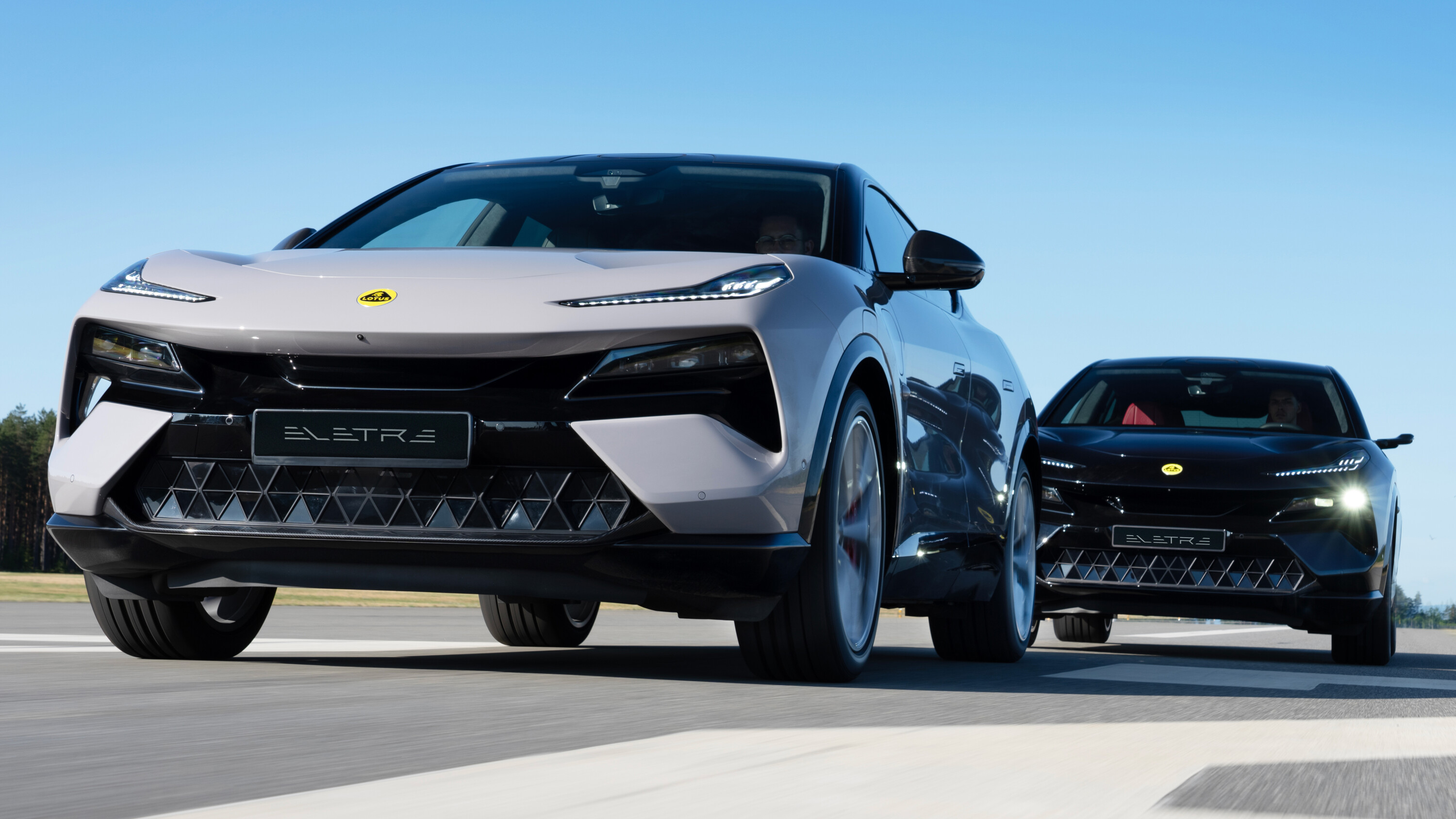Things we like
- Hard to find more grunt and street cred for the money in the premium segment
- Probably the best OS currently on the market – advanced yet still manageable
- Reinvents the Lotus brand by outhandling the best while riding on par with the rest
Not so much
- Patchy dealer network, dubious residuals
- This is a big & heavy vehicle, so sports car performance does warrant sports car feel
- Real-life efficiency, charge times, degradation & repeatability all TBC
Put together on a shoestring budget by a small team operating in makeshift premises, the first Lotuses were the brainchildren of Colin Chapman – a half-crazed purveyor of lightweight construction, radical aerodynamics, brutal decontenting and reduce-to-the-max engineering.
One could argue that the zero body-fat Emira and the high-downforce Evija still incorporate key elements of the master’s rebellious original approach to sports car design, but the Eletre – all 2.5 tonnes and over five metres of it – surely is a different animal. A D-segment SUV, this is the first four-door five-seater since the Lotus Omega/Carlton which was more of a marketing-driven emergency fund-raiser than an authentic brand-shaper.
Based on an all-new bespoke platform unrelated to other Geely brands like Polestar, Volvo and Zeekr, this full-size Lotus crossover represents the marque’s transition from fringe cottage industry car-maker to world-class player good for 175,000 vehicles a year by 2030.
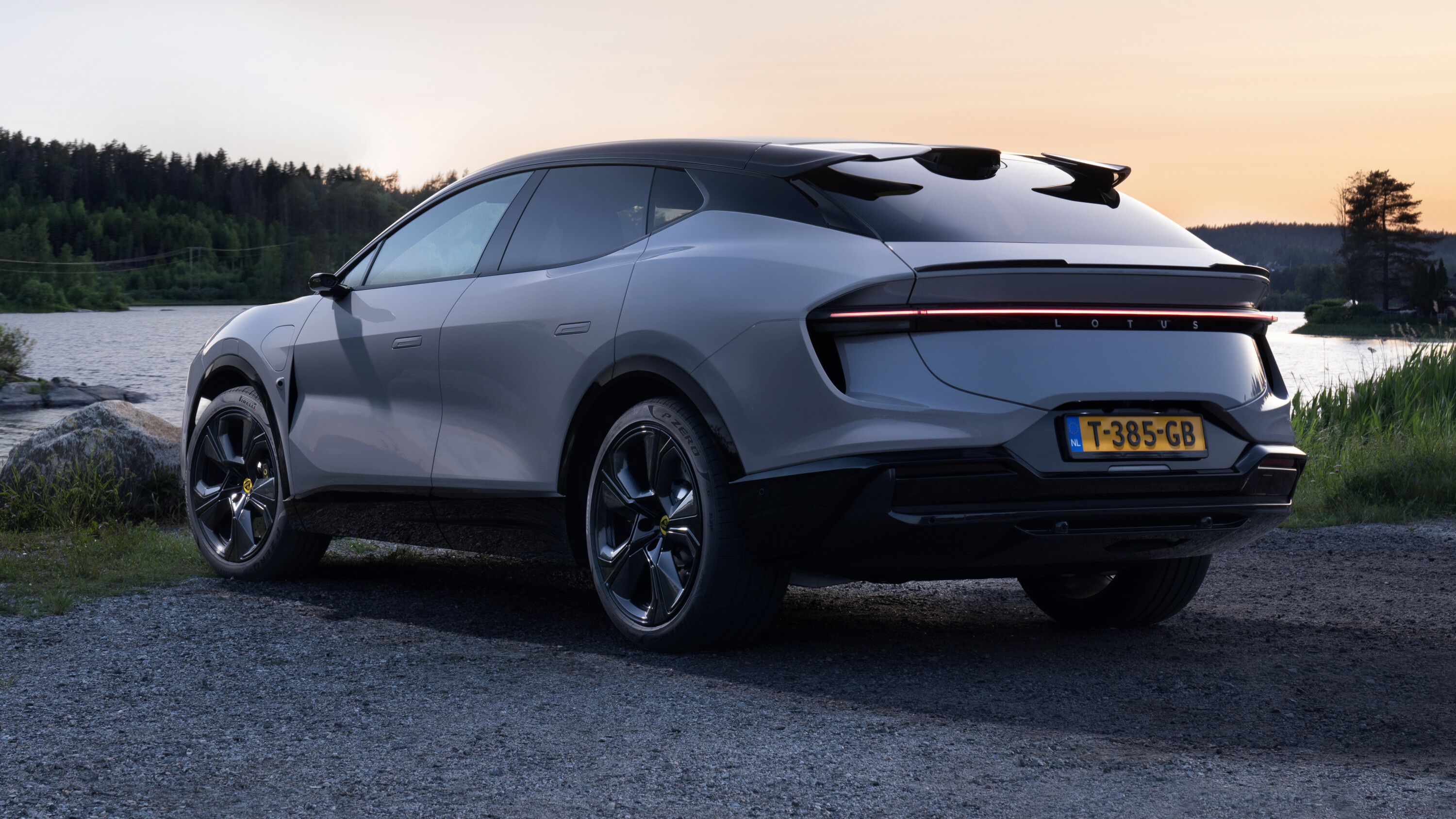
Wishful thinking or breakthrough strategy?
“We cannot base our future on 1500 sports car sales per year,” knows Max Szwaj who runs the Lotus Tech Innovation Centre in Raunheim near Frankfurt, homeroom of the Eletre.
“To survive, we had to reinvent ourselves by expanding the portfolio and setting new standards in terms of vehicle dynamics and user experience. The main agent of change is of course the irrevocable switch to electrification.”
At launch, there are three Eletres to choose from. The base model (£89,500 in the UK or about AU$172,000) and the S (£104,500/AU$200,600) share a single-speed dual-motor drivetrain rated at 449kW and 710Nm.
They can sprint from 0-100km/h in 4.5 seconds and will reach a maximum speed of 255km/h. The 266km/h R version (£120,000/AU$230,000) which does the acceleration run in a flaming 2.95sec, boasts an even mightier 675kW and 985Nm masterminded by a two-speed transmission.
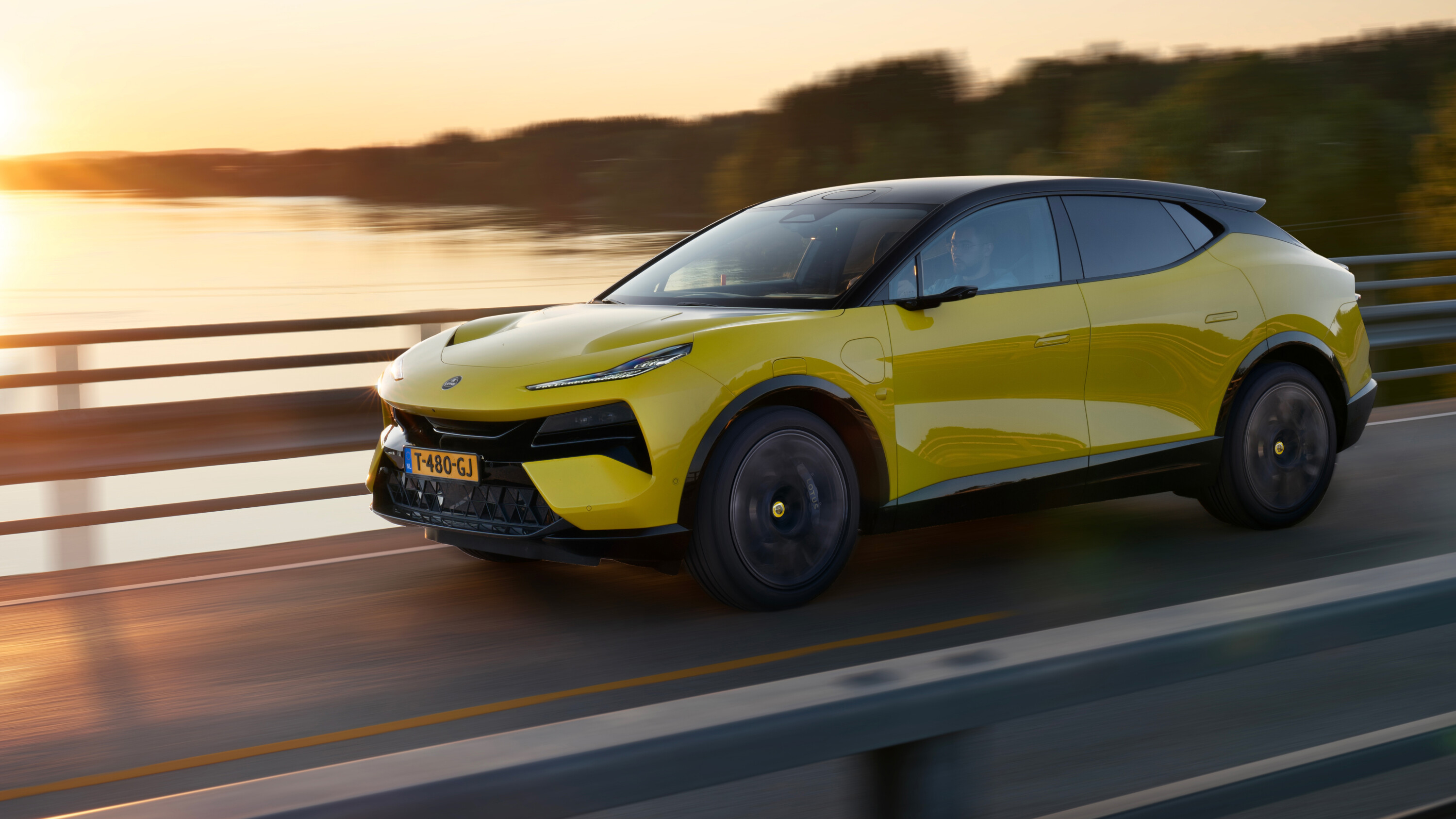
Common to all variants is the 800V system, a potent 112kWh lithium-ion battery and the ability to boost the state of charge from 10 to 80% in 20 minutes when connected to a 350kW DC force feeder.
While the two lesser editions promise a maximum range of 600km when driven with iron self-restraint, the R led on an equally tight leash needs fresh energy every 490km.
Only the R features active roll bars and rear-wheel steering together with shaved performance tyres and a leerier Track mode, plus of course 225 additional horses and 285Nm of extra torque. Air springs with continuous damping control, matrix LED headlights, head-up display and the intriguing so-called Hyper OS are standard on all versions.
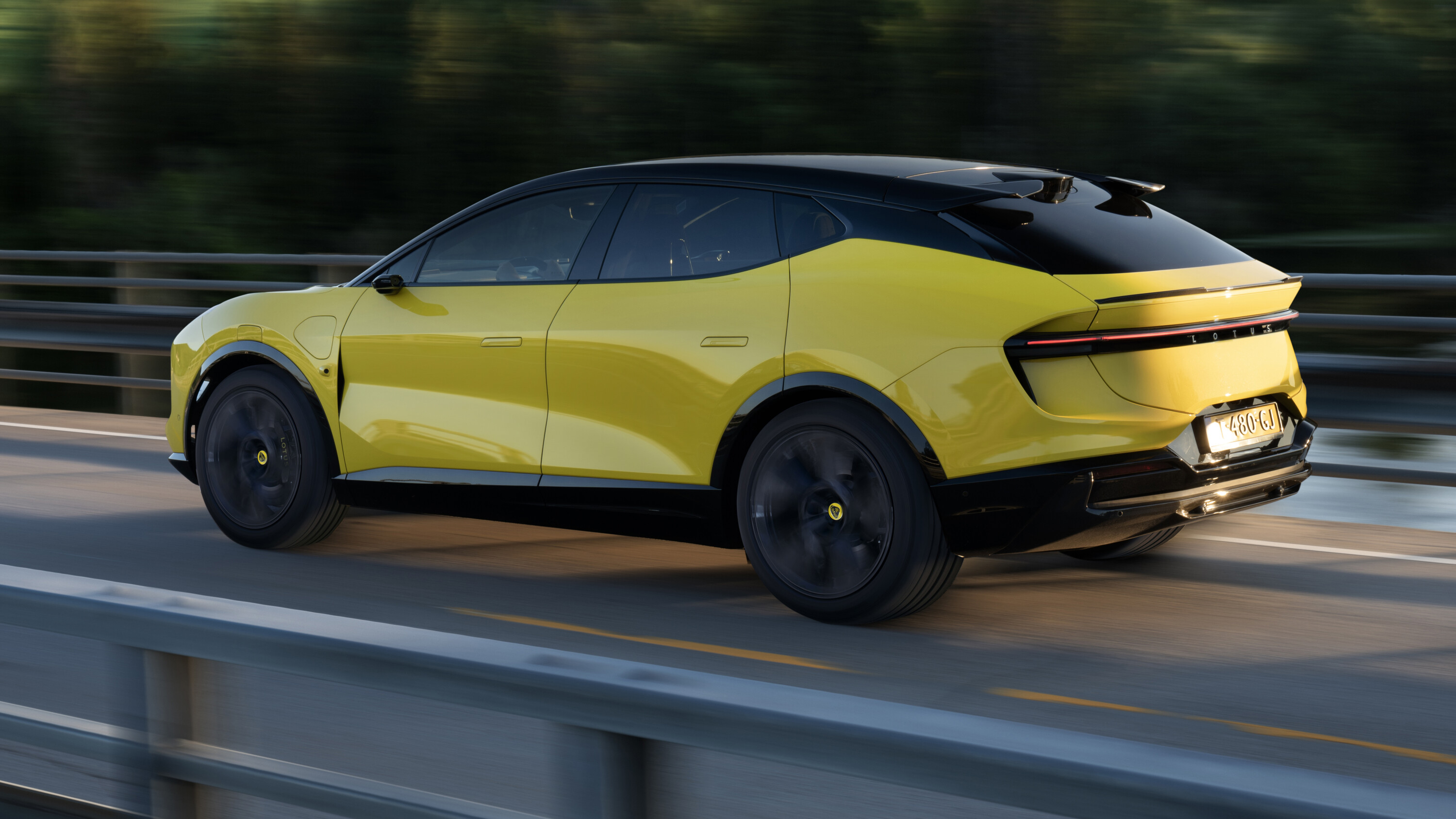
We’d go for the no-frills base model which is remarkable value for money compared to its main rivals, the Mercedes EQE 53 AMG and BMW iX M60.
Norway is great for offshore sailing, cross-country skiing and fishing, but the country which keeps breeding world rally champions like Petter Solberg is dangerous ground for lead-foot hooligans unwilling to respect the drastic speed limits.
It took us forever to find a suitable mix of firmly compressed gravel lanes and scar-faced winding B-roads where it was safe to put the “born British, raised globally” SUV through its paces. But whatever you do, however hard you press on and how many electronic helpers you put to rest, there is no way to fully neutralise the massive weight, mass and momentum.
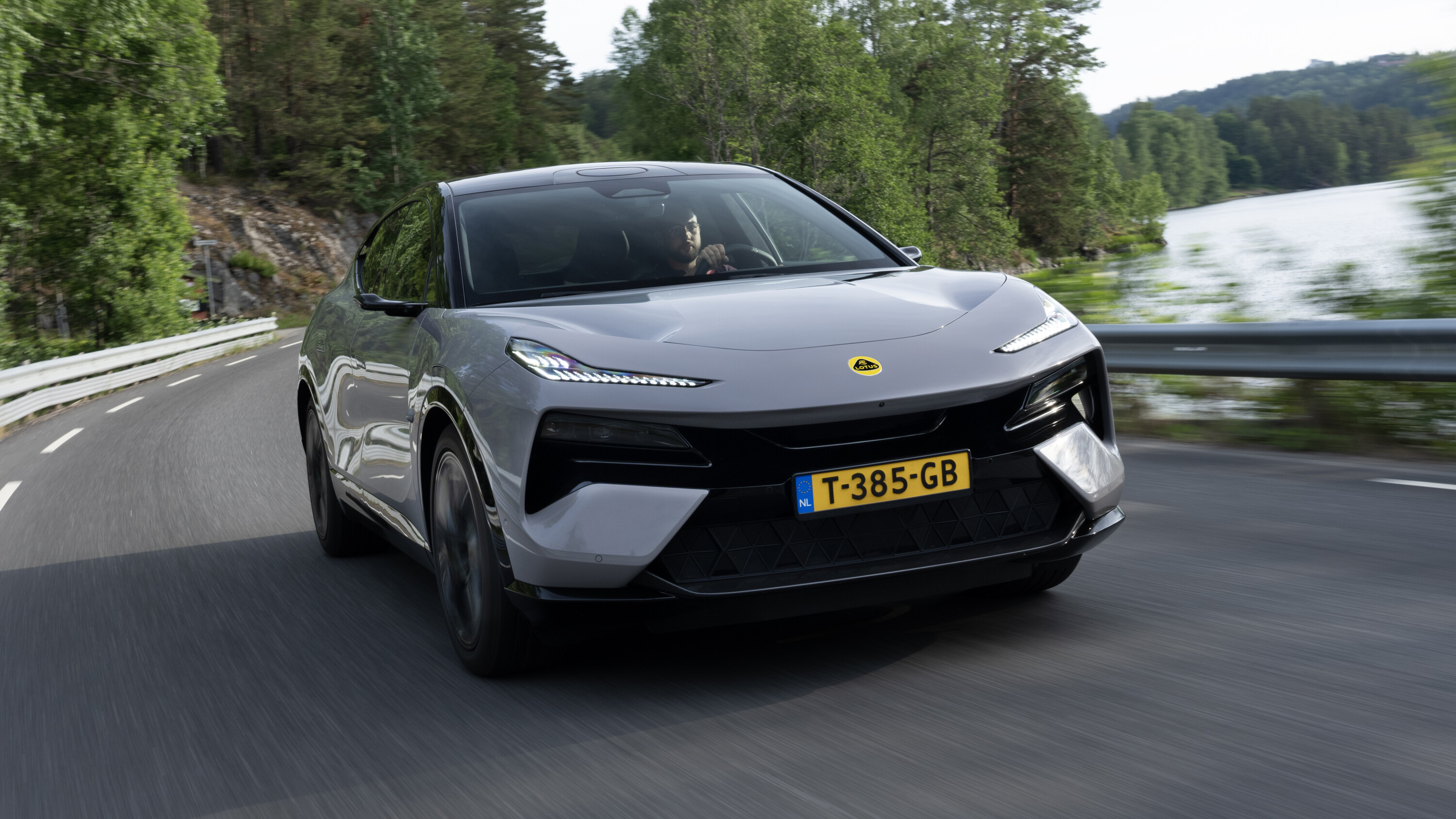
There is no snap oversteer, no mid-corner front-end loss of grip, no borderline torque vectoring algorithm.
Even though the ride height can be lowered (and raised) in two steps by up to 25mm and the dampers will firm up accordingly in Sport, reeling in the bulk before push-carving it again through low- to mid-speed corners without overdriving the liquorice bespoke Pirellis is a tightrope task for man and machine.
The Eletre does not feel like a Lotus because Lotus never built an SUV. But it is, even in Track mode and on wet turf, a perfectly safe, controllable and confidence-inspiring piece of kit. There is no snap oversteer, no mid-corner front-end loss of grip, no borderline torque vectoring algorithm.
Its steering winds on and unwinds lock with intuitive haptic clarity, never feeling detached or acting in an artificial manner.

The brakes (carbon-ceramic rotors cost extra) harbour the stopping power of a guillotine, fuse instant feedback and progressive action, balancing electric and mechanical deceleration with aplomb.
Full marks again to the shaved bespoke 22-inch Pirelli P Zero tyres which combine instant superglue grip with a sublime breakaway behaviour.
But nothing rocks you like the awesome instant grunt which jolts the family hold-all in a ballistic two seconds from 90-120km/h. We asked Max Szwaj which elements of the original DNA are worth preserving, and where new brand values must be added to prepare Lotus for the EV age.
“Aerodynamics remain one of our key fortes,” claims the man in charge.
“Check out the Eletre for adaptive features like the downforce-enhancing rear spoiler-cum-air-brake and the active front grille with seven individual apertures.
“Weight reduction is an arduous task when it comes to EVs, but with the next-generation SUV we’re going to make a significant step in this direction, too.”
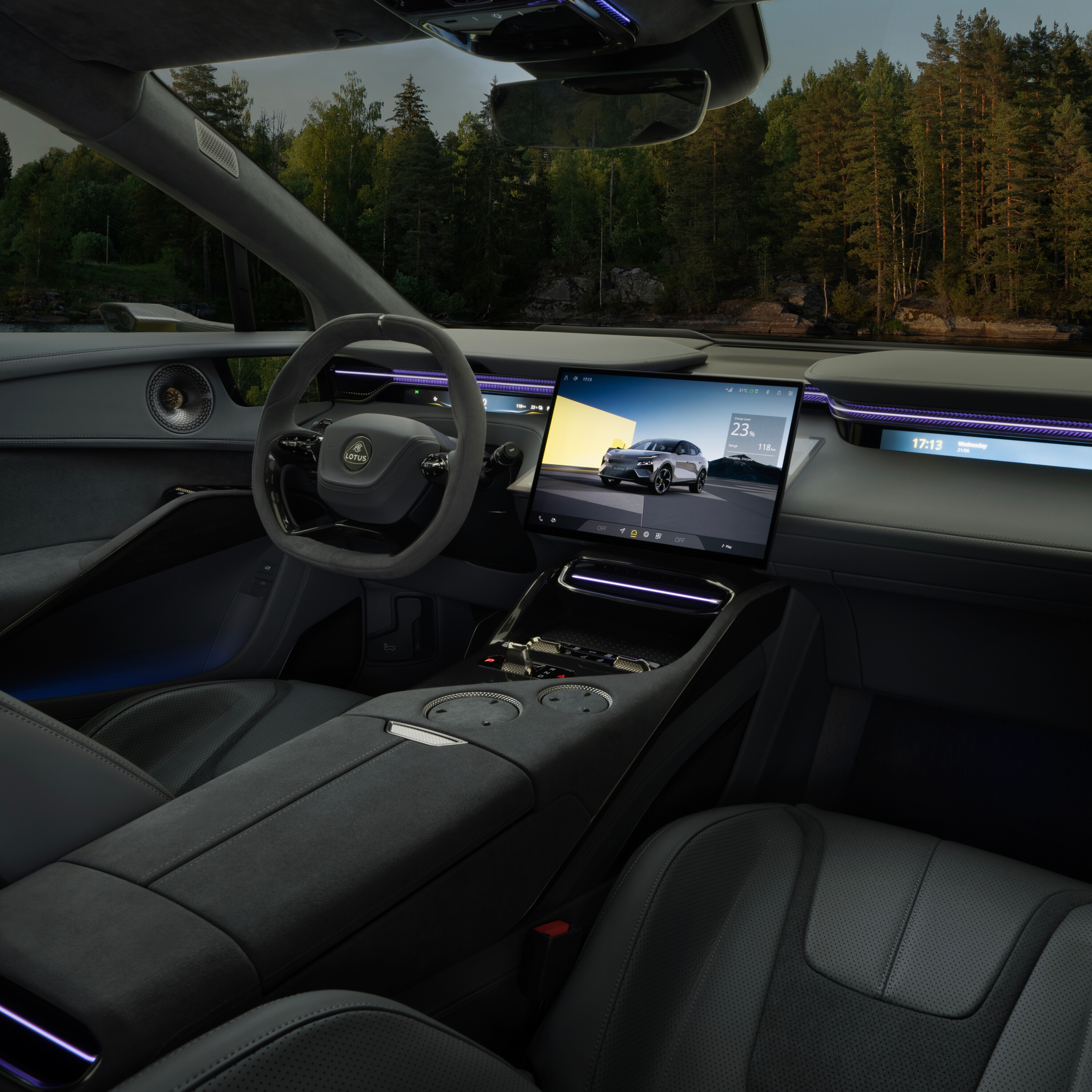
Also high up on the priority list is digitalisation – think gaming, streaming, real-time 3D animations and connectivity.
“The Eletre is furthermore best in class in terms of UX and user-friendliness,” add Szwaj.
There is not the faintest trace of old-school Lotus inside the Eletre, and that’s for the better of it.
Fit and finish, once a truly alienating issue, deserve a firm thumbs up, the materials are positively premium, the equipment is reassuringly complete, rear legroom in particular benefits from the engineless packaging, and the boot of the standard five-seater holds a cavernous 688 litres, not counting the useful 46-litre front cubicle.
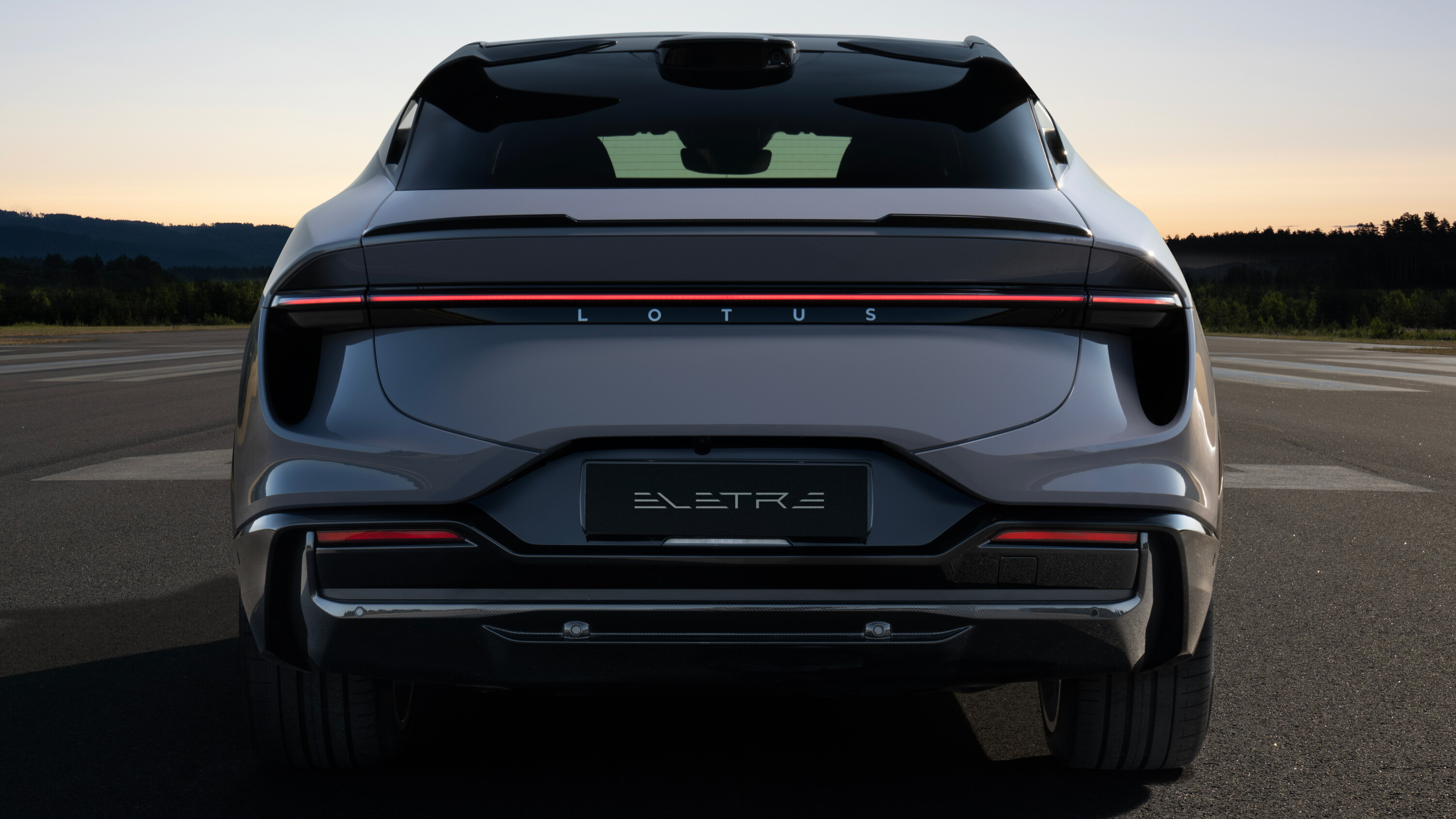
The driver instrument monitor is mirrored on the passenger side by a “ribbon of technology”.
In terms of digital mod cons, the Eletre can be had with a pair of camera-operated low-drag door mirrors, an iPad-type control panel exclusive to back seat passengers and a pair of slender horizontal screens which run almost the full width of the dashboard.
The driver instrument monitor is mirrored on the passenger side by a “ribbon of technology”. A similar device relaying road speed, charging and sat-nav stats, points of interest and music playlists was first introduced in the Ferrari FF.
Built in China, the Eletre deserves full marks for sparing us questionable assets like half a dozen different fake sound patterns, hyperactive when-to-charge-and-where advisors, nerve-wracking assistance systems interfering seemingly at random, and largely clueless but positively patronizing on-board avatars.
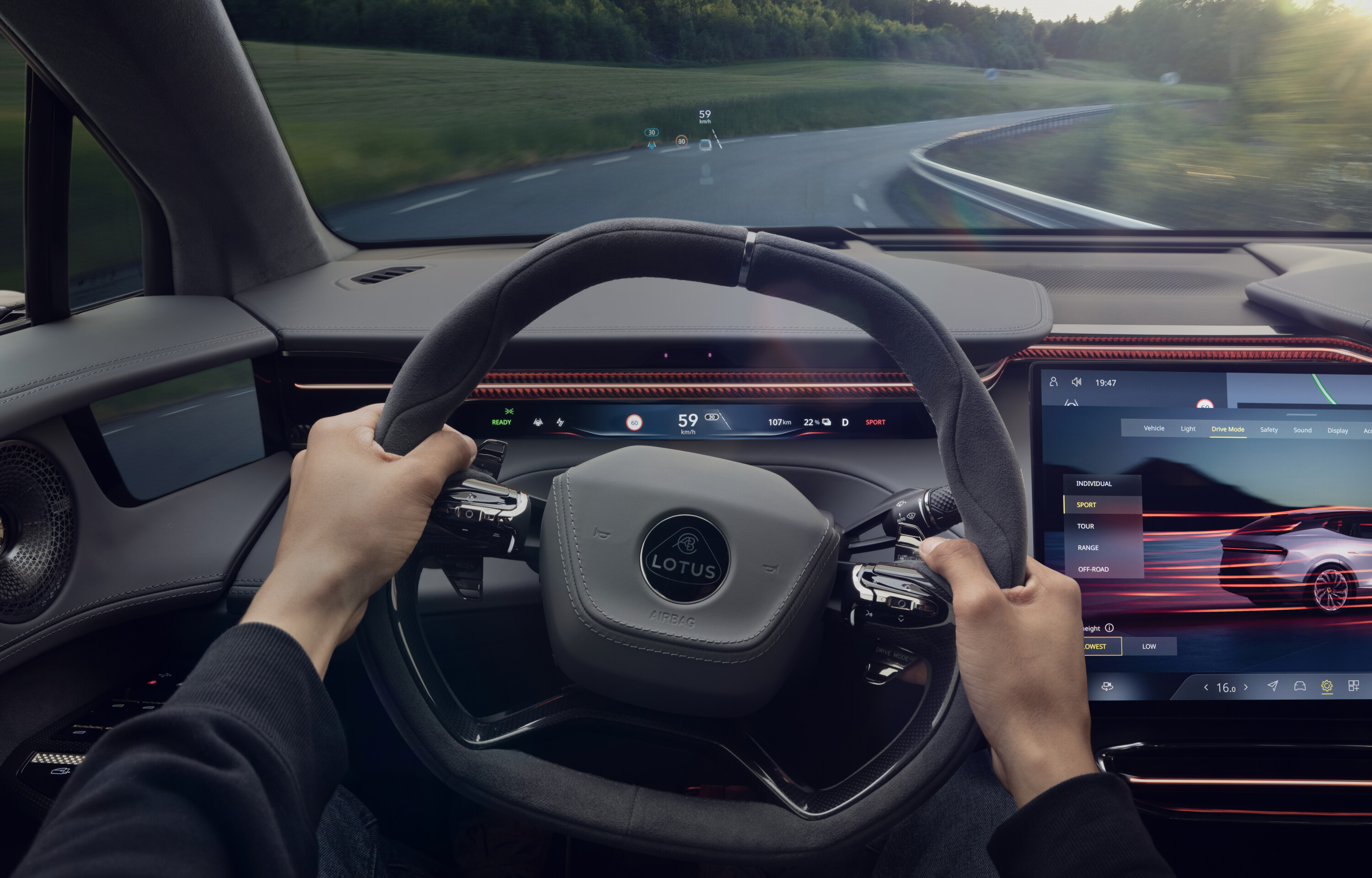
While the left paddle lets you choose the preferred regen level, the right paddle scrolls through the drive modes labelled Tour, Range, Sport, Off-Road, Individual and Track (R only).
At the beginning of day two, we selected Individual and locked everything in Sport bar the suspension which is best left in Tour for that extra compliance cushion.
As far as ESP goes, it’s either On or Off – there is no in-between Dynamic Plus option. Backed up by 5G connectivity and three times the software power of the Tesla autopilot system, the Eletre is ready for Level 4 autonomous driving as soon as regulations allow it.
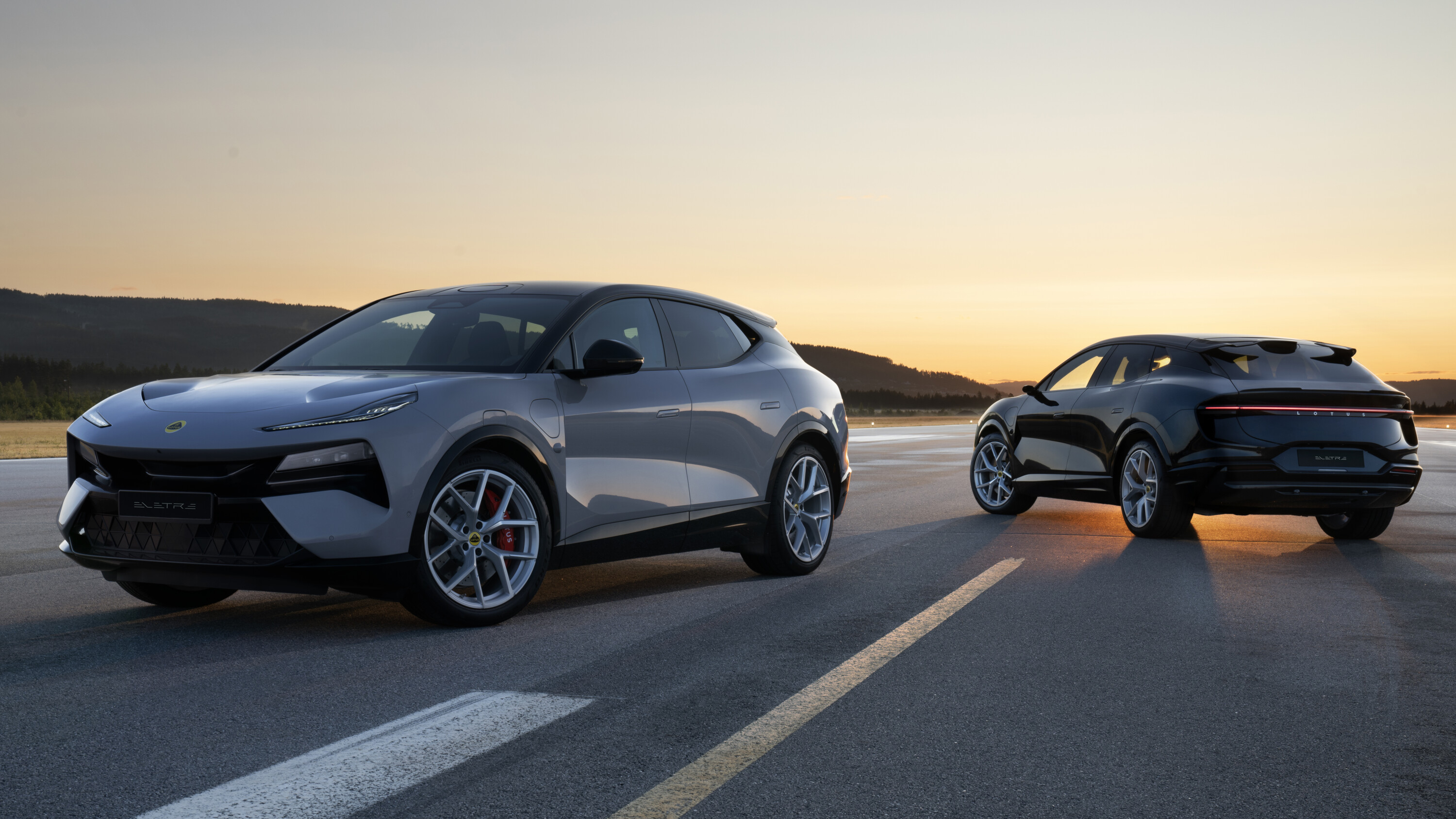
There is more to come: steer and brake by wire; lateral, vertical and longitudinal vehicle motion control; semi solid-state batteries for greater power density in a smaller and lighter package.
As a result, the next-generation cars due from 2025 are set to complete the charge cycle in only five minutes and will take the cell-to-body concept to a new level, while further advancing the digital user experience. Lotus, a software-driven company?
Why not. In the auto business, there is always room for one more handbrake turn.
MORE DETAILS
More EV stories to help you choose the best car for your needs
- ? EV news, reviews, advice & guides
- ❓ Short & sweet: Your EV questions answered
- ⚡ New EVs: Everything coming to Australia
- ? Australia’s EVs with the longest driving range
- ⚖️ Best-value EVs by driving range
- ? How much do EVs cost in Australia?
- ? How much more expensive are EVs?
- ⚖️ Number crunching: Is it time to switch to an EV?
- ♻ Should you buy a used EV?
- ?️ Are EVs more expensive to insure?
- ? Costs compared: Charging an EV vs fueling a car
- ? EV charging guide
- ? Are there enough EV chargers in Oz?
- ?? EV servicing explained
- ? EV battery types explained
- ? When do EV batteries need replacing?
- ? Hydrogen v EVs: What’s best for Oz?
- ? How sustainable are EVs, really?
MORE advice stories to help you with buying and owning a car
Things we like
- Hard to find more grunt and street cred for the money in the premium segment
- Probably the best OS currently on the market – advanced yet still manageable
- Reinvents the Lotus brand by outhandling the best while riding on par with the rest
Not so much
- Patchy dealer network, dubious residuals
- This is a big & heavy vehicle, so sports car performance does warrant sports car feel
- Real-life efficiency, charge times, degradation & repeatability all TBC
We recommend
-
 News
News2023 Lotus Eletre revealed: Electric SUV ushers in a new era
New model brings a few firsts: This is Lotus's first production four-door, and its first SUV – and it's electric.
-
 News
News2024 Lotus Eletre R hyper SUV packs 675kW punch
Lotus’s electric SUV has been detailed further, with a two-tiered dual-motor powertrain line-up and three models for Europe
-
 News
NewsLotus Eletre announced: 'Type 132' SUV now has a name
Ahead of its reveal, Lotus has given its first SUV a name

